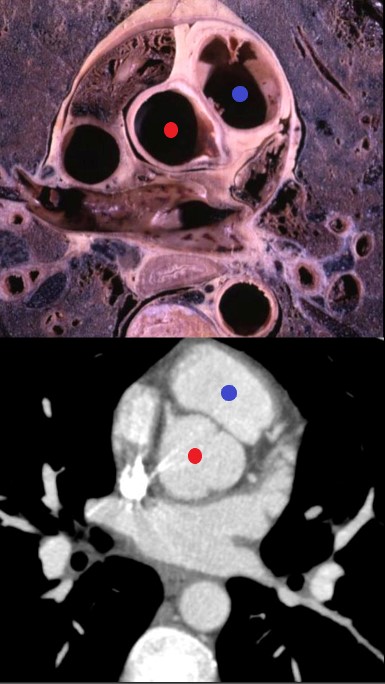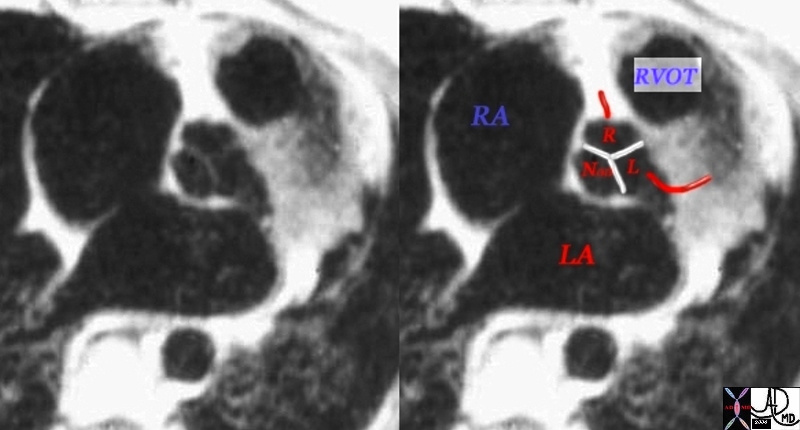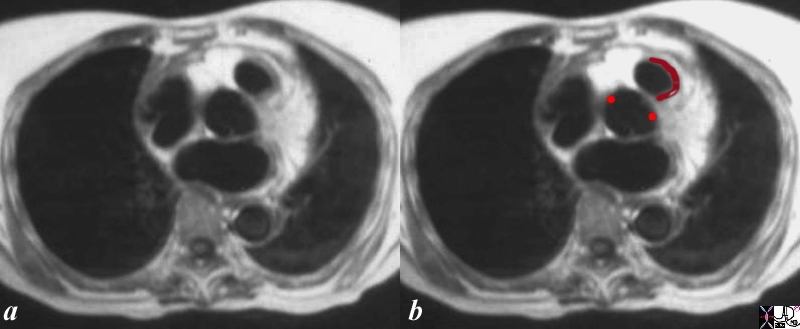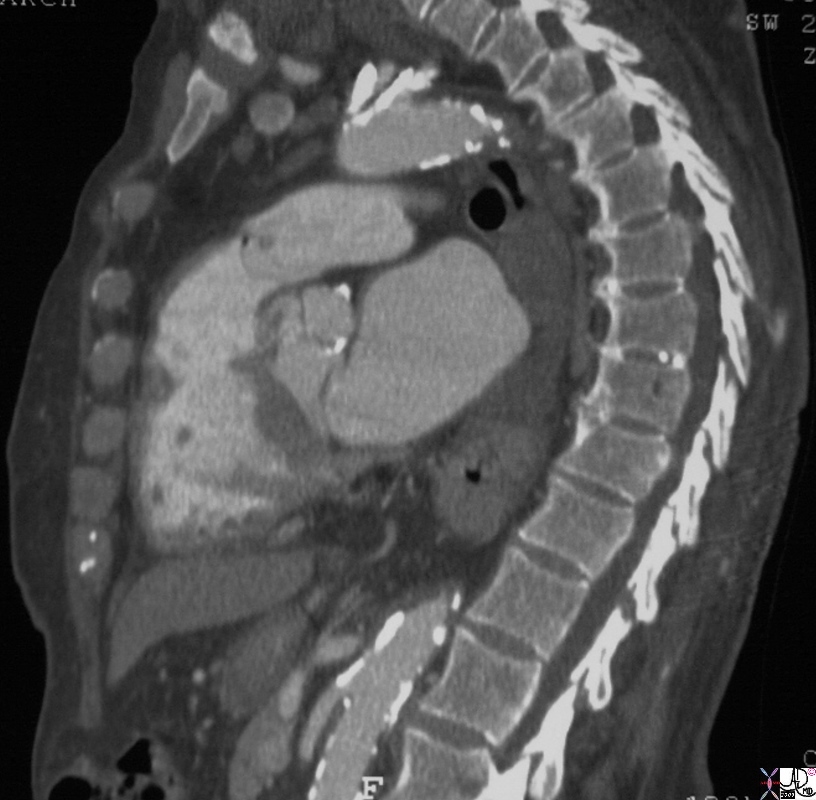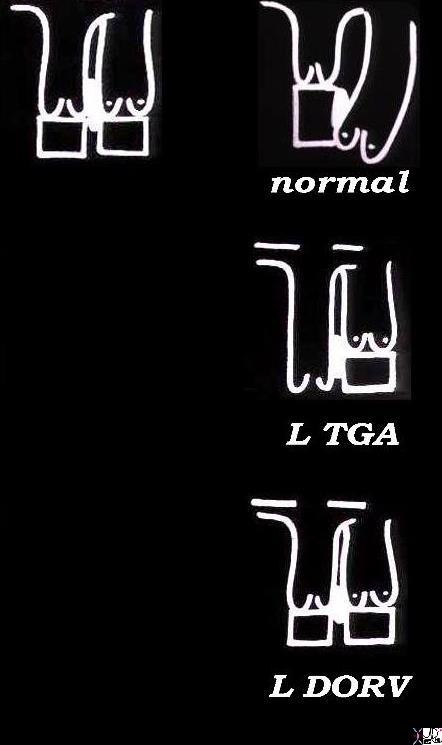Copyright 2009
|
|
|
|
The inflow and outflow components of the RV are anatomically and embryologically distinct. The RVOT is tubular in shape and elevates the pulmonary valve above aortic valve. The chamber is thin walled, and twists around the aorta so that the pulmonary valve ends up to the left of the aortic valve. We are nearing the story of the “twist of the outflow tracts”
|
|
|
|
The “twist” in the story is long and complicated, with important implications in congenital heart disease – beyond the scope and need of this anatomy text. In the normal setting we make the following observations.
- The blue blooded chambers tend to be rightward, anterior, and slightly inferior.
- One of the main structural differences between the right and left sides is that the right ventricle has a separate and distinct outflow chamber – the RVOT or infundibulum.
- The presence and oblique leftward pointing orientation of this outflow chamber changes the relationship noted in #1, so that the pulmonary valve lies to the left and superior to its counterpart, the aortic valve.
During embryological development, the RVOT, MPA (Main Pulmonary Artery), and aorta twist around each other to result in the structural positioning and relationships described above. Under-twisting or over-twisting results in malpositioning of the great vessels in relation to their ventricles with consequent drastic hemodynamic results. Transposition of the great vessels is one such example.

Normal Position and Relationship of the Aorta and Pulmonary Artery |
|
The “twist” story is graphically demonstrated in the following axial MRI images, cutting from inferior to superior as we follow the RV sinus, and RVOT around the aorta. Image 1 shows the triangular RV sinus anterior and to the right of the left ventricle. Image 2 is more superior and shows the RVOT making its way leftward and anterior to the aorta. Image 3 shows the final, distal, and leftward position of the RVOT just below the pulmonary valve. The next set of images with color overlay may be helpful. Davidoff MD |

Normal Position and Relationship of the Aorta and Pulmonary Artery |
|
The “twist” of the story is now presented in color with Cupid’s arrow. Image 1 shows the triangular RV sinus anterior and to the right of the left ventricle, with arrow oriented to an 11 o’clock position. Image 2 is more superior and shows the RVOT making its way leftward and anterior to the aorta, with arrow oriented to an 12 or 1 o’clock position. Image 3 shows the final, distal, and leftward position of the RVOT just below the pulmonary valve with arrow oriented to a 1 or 2 o’clock position. Davidoff MD (Images courtesy of Ashley Davidoff M.D.) |
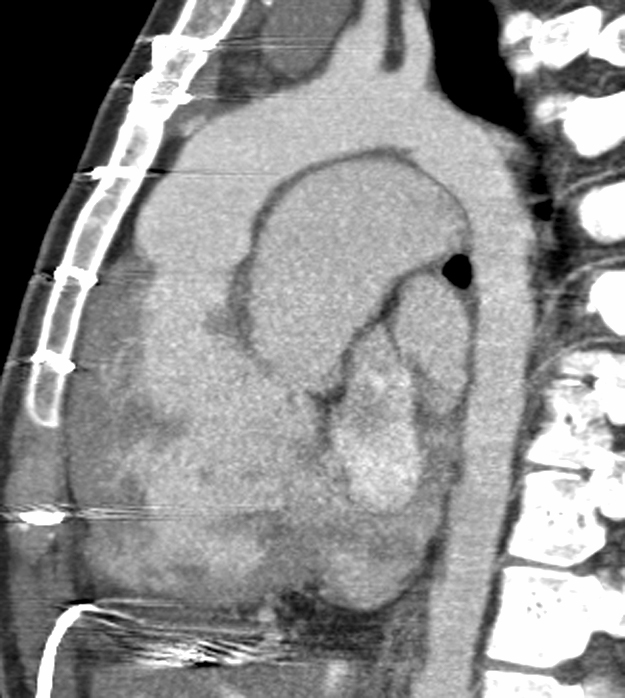
|
|
 Courtesy Dr Hyun Woo Goo from Korea and Dr Laureen Sena 48320 |
|
|
< prev next >

